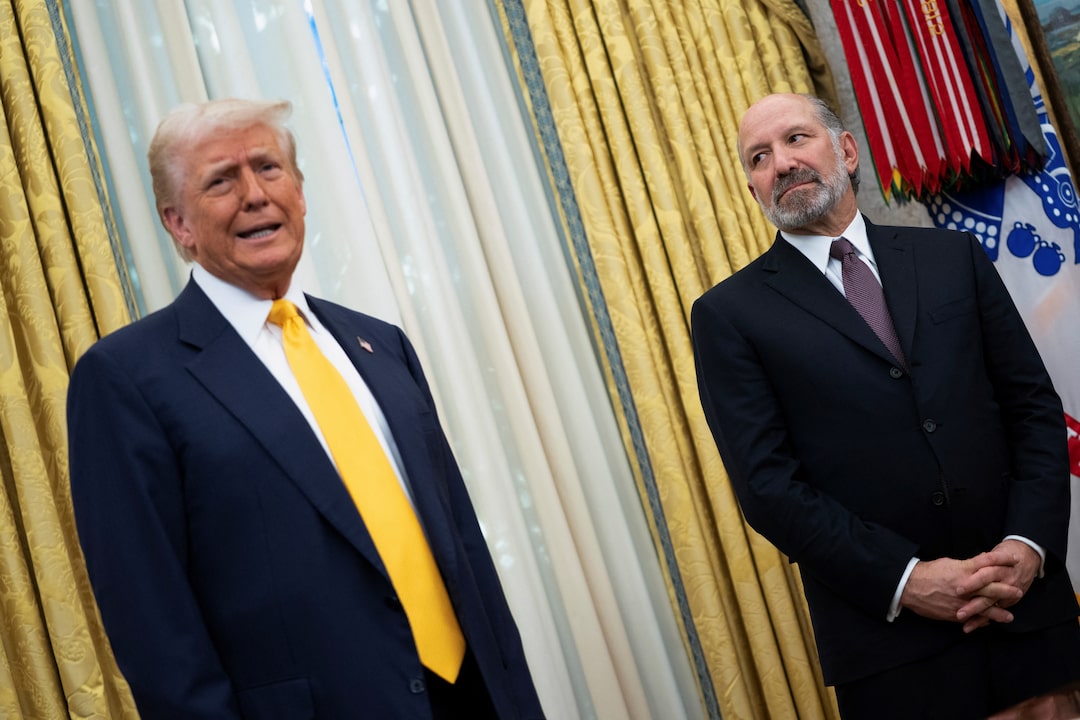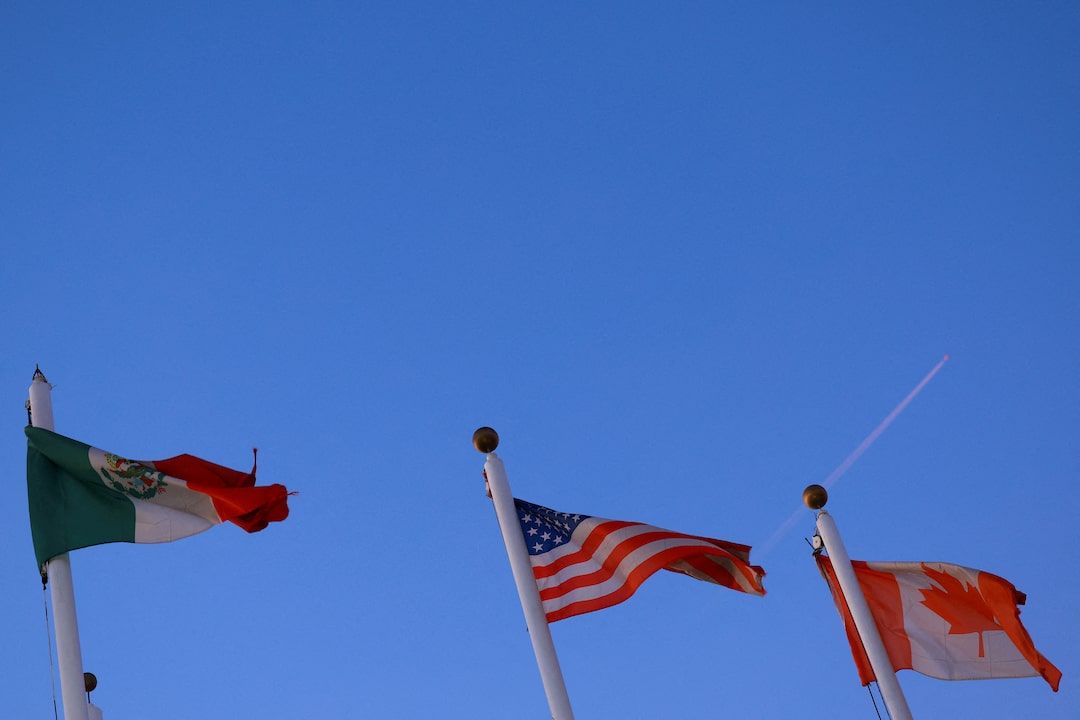March 2, 2025, marked a pivotal day in President Donald Trump's administration, characterized by assertive economic policies and heightened diplomatic tensions. This analysis delves into the key events of the day, examining their implications for the United States' domestic and foreign affairs.
Escalation of Trade Tariffs
In a move signaling a more protectionist economic stance, President Trump confirmed the implementation of tariffs targeting major U.S. trading partners.
-
Tariffs on Canada and Mexico
The administration announced that, effective March 4, tariffs of 25% would be imposed on a broad spectrum of imports from Canada and Mexico. This decision aims to address concerns over border security and the influx of illicit substances into the United States. Commerce Secretary Howard Lutnick indicated that while both nations have made efforts to enhance border security, issues such as fentanyl trafficking persist, necessitating these economic measures. en.wikipedia.org+1reuters.com+1reuters.com+1en.wikipedia.org+1
-
Increased Tariffs on China
Additionally, President Trump declared an escalation of tariffs on Chinese goods, raising the rate from 10% to 20%. This action responds to ongoing concerns about China's role in the trafficking of synthetic opioids into the U.S., with the administration seeking more stringent controls from Beijing. reuters.com
Establishment of the U.S. Crypto Strategic Reserve
Demonstrating a forward-looking approach to digital assets, President Trump announced the creation of a U.S. Crypto Strategic Reserve. This reserve includes cryptocurrencies such as Bitcoin (BTC), Ethereum (ETH), Ripple (XRP), Solana (SOL), and Cardano (ADA). The initiative aims to integrate blockchain technologies into the national financial infrastructure, reflecting a strategic move to position the United States at the forefront of the evolving digital economy. en.wikipedia.org
Diplomatic Strains with Ukraine
The day's events were further complicated by escalating tensions between President Trump and Ukrainian President Volodymyr Zelenskyy. A recent Oval Office meeting between the two leaders deteriorated, with President Trump criticizing Zelenskyy's remarks regarding Russian President Vladimir Putin's reliability in peace negotiations. Trump labeled Zelenskyy's statements as "the worst that could have been made," casting doubt on the prospects for a peaceful resolution to the ongoing conflict in Eastern Europe. people.com
Domestic Political Developments
On the domestic front, President Trump faced mounting opposition from Democratic lawmakers ahead of his scheduled address to Congress. A growing number of Democrats signaled intentions to boycott the speech, protesting the administration's recent policies, including the freezing of federal funds affecting various social programs. Democratic leaders have urged members to attend the address accompanied by individuals directly impacted by these funding cuts, highlighting the human cost of the administration's fiscal policies. axios.com
Conclusion
The actions undertaken by President Trump on March 2, 2025, underscore a trajectory toward assertive economic nationalism and complex diplomatic engagements. The implementation of substantial tariffs reflects a commitment to addressing domestic security concerns through economic means, while the establishment of a crypto reserve indicates an adaptation to technological advancements in finance. However, escalating tensions with Ukraine and domestic political divisions present challenges that may influence the administration's capacity to navigate both international relations and internal governance effectively.
URL Link References:
-
Trump's past speeches to Congress asked them to pass his agenda. Now, he's willing to go it alone
-
Trump will set exact levels for Mexico, Canada tariffs coming Tuesday, says US commerce chief

